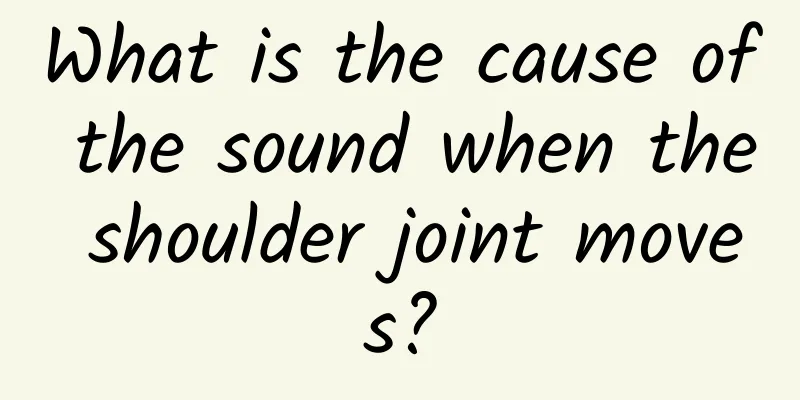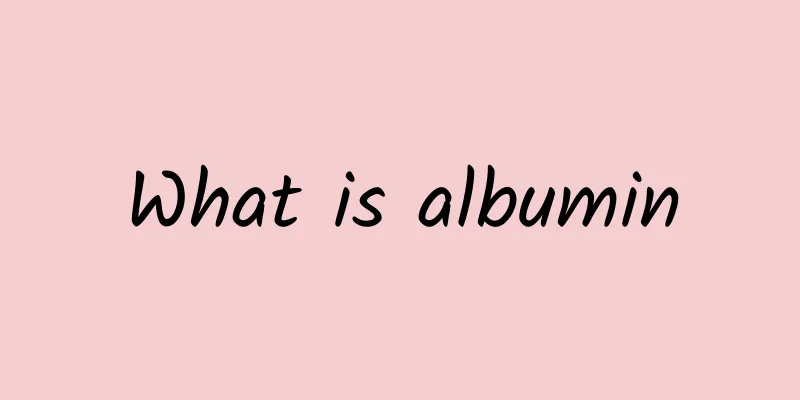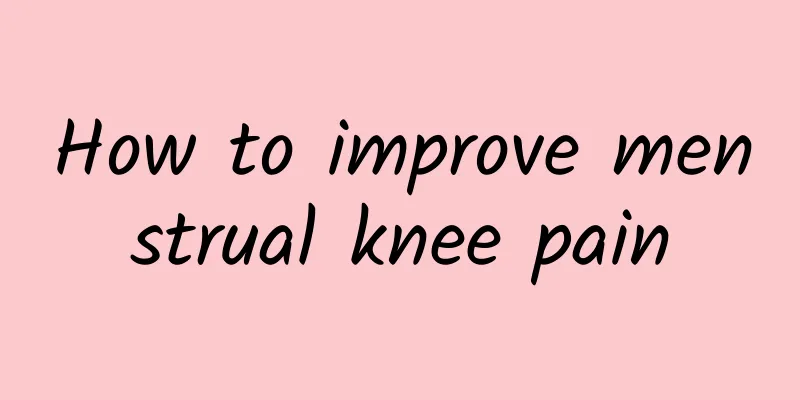What is the cause of the sound when the shoulder joint moves?

|
When the shoulder joint moves, there is a sound, which requires special attention. There are many reasons for this situation. It may be related to tendon infection or shoulder syndrome. In addition, exposure to cold or arthritis, etc. may cause this symptom. Therefore, you should go to the hospital for examination in time, then receive symptomatic treatment, and pay attention to rationality in daily life. What is the cause of the sound when the shoulder joint moves? The severity of shoulder clicking should be determined based on age. In people under 35, it can indicate joint instability, particularly if your shoulder joint is loose or if the joint moves causing the "head" of the arm bone to pop out of place, creating a click. This is usually due to muscle damage and can be corrected within 4 months with physical therapy. If you are between the ages of 35 and 60 and experience painful clicking sounds (especially when you raise or pull your arms back), you may have shoulder impingement syndrome, an infection of the tendons around your shoulder. In the early stages, it can be successfully cured with physical therapy; in the later stages, steroid injections can be used to reduce infection, and severe cases may require surgery. For people over 60 years old, if their arms make crackling noises and feel pain when they move, it may be caused by arthritis and the cause needs to be found out through X-rays. 4 small actions to say goodbye to frozen shoulder 1. Key points of the inverted worship of Guanyin : The so-called inverted worship of Guanyin is actually very simple. The first thing you need to do is put your hands together and then raise them above your head, support the back of the occipital bone with your palms, then extend your fingers backward and downward, and straighten your waist. Use force from the occipital bone to press your hands, head, and neck backwards, stretch your back backwards, face the ceiling for about 3 to 5 seconds, and then return to an upright position. Repeat 3 times. Action function: Enhance and maintain the flexion, rotation and abduction functions of the shoulder joint, and directly prevent the flexion and abduction dysfunction that may occur in periarthritis of the shoulder. 2. Key points of the split-step and back-pulling exercise: First, put your left foot in front and your foot behind, keeping them about one step away. Then look straight to the left, wrap your right hand around your right shoulder, and put your left hand underneath. Go around the waist and pull behind the back with the right hand. Alternate left and right 3 times. If you cannot reach the object with both hands, you can use a rope or a small wooden stick to connect your hands. Action: Enhance and maintain the extension, pronation and adduction functions of the shoulder joint, and directly prevent the back-touching dysfunction that may occur in frozen shoulder. 3. Combing hair: This action gets its name because it is like combing hair. The method is that the patient uses both hands alternately, and circles around the head in the order of forehead - top of the head - behind the pillow - behind the ears. This should be done at least 20 times each time. In fact, you can also do the head-holding posture. First, stand with your feet shoulder-width apart, and then put your hands behind your head. Pull your elbows apart and parallel to your body; then bring your elbows together as if holding your head, repeat this movement at least 20 times. 4. Key points of the shoulder circle movement: Start with the left shoulder, move the left shoulder up, forward, downward, and backward in a clockwise direction, and the right shoulder follows the movement; keep the head and neck in a neutral position. The characteristic of this movement is that the left and right shoulders are alternately and slowly exert force to draw circles forward, backward, and up and down, and the shoulders exert force in opposite directions, and the circles drawn should be as large as possible. Alternate back and forth three times every day to help prevent periarthritis of the shoulder. |
<<: What to do if your left shoulder joint hurts
>>: What to do if the shoulder is dislocated and the nerve is injured
Recommend
How to treat mild body odor
As we all know, body odor is a special unpleasant...
Don't worry if you have a sprained waist. Treatment methods for acute lumbar sprain
In daily life, we often hear someone say: I sprai...
Nightshade flower pictures
Nightshade flower is a plant that we have cultiva...
How to regulate early menstruation
Menstruation is a reminder of women's reprodu...
Nose bleeding, mouth spitting blood clots
There is a channel connecting the nose and mouth ...
Gua Sha therapy, old Chinese medicine teaches you how to do it correctly
Scraping in Traditional Chinese Medicine is a tra...
How does Traditional Chinese Medicine treat hypothyroidism?
Hypothyroidism and hyperthyroidism are actually o...
Can I eat preserved egg and lean meat porridge when I have a cold?
It is also beneficial to eat some century egg and...
What are the symptoms of congenital diaphragmatic hernia?
Congenital diaphragmatic hernia is the most commo...
The efficacy and function of Polygonatum odoratum
Polygonatum odoratum is a traditional Chinese med...
What is the normal thickness of the endometrium? How to maintain a good uterus
For female friends, the thickness of the endometr...
What causes molluscum? Chinese medicine has good curative effect
Molluscum contagiosum is a contagious skin diseas...
The medicine for treating loose stools is
The main cause of loose stools is gastrointestina...
Is it harmful to not have sex for a long time?
Many people are very shy when talking about sex, ...
Can iodine cure balanitis?
Povidone-iodine is a relatively common topical me...









